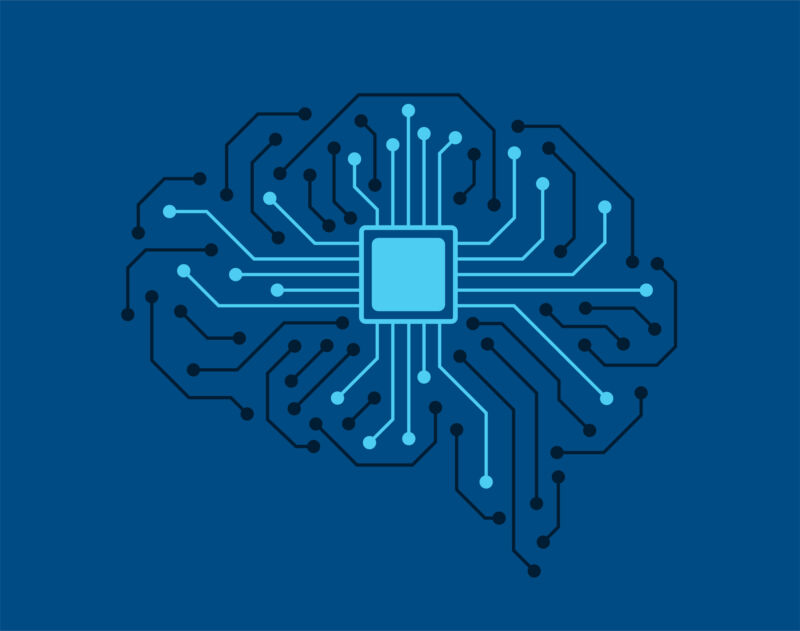From arstechnica.com

The hard part of connecting a gooey, thinking brain to a cold, one-ing and zero-ing computer is getting information through your thick skull—or mine, or anyone’s. The whole point of a skull, after all, is keeping a brain safely separate from [waves hands at everything].
So if that brain isn’t yours, the only way to tell what’s going on inside it is inference. People make very educated guesses based on what that brain tells a body to do—like, if the body makes some noises that you can understand (that’s speech) or moves around in a recognizable way. That’s a problem for people trying to understand how the brain works, and an even bigger problem for people who because of injury or illness can’t move or speak. Sophisticated imaging technologies like functional magnetic resonance can give you some clues. But it’d be great to have something more direct. For decades, technologists have been trying to get brains to interface with computer keyboards or robot arms, to get meat to commune with silicon.